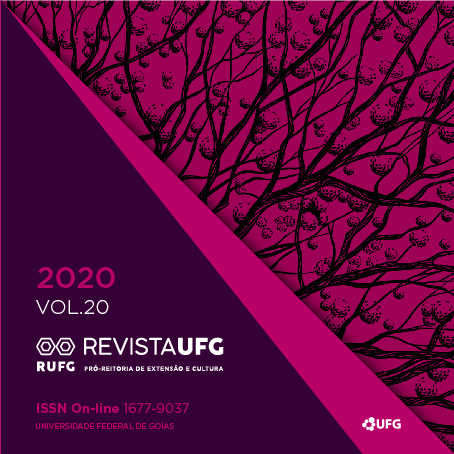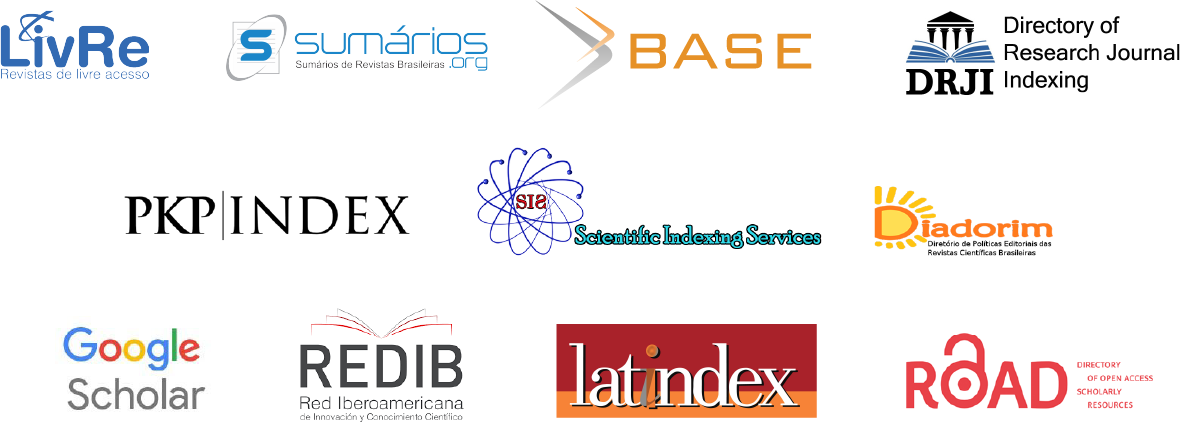And his name is Jonas
visual and textual/verbal resources as a criticism to oralist speech in deaf education
DOI:
https://doi.org/10.5216/revufg.v20.66285Abstract
This article proposes a critical discursive analysis of the
visual and textual / verbal resources used in And his name is Jonas
(1979), a film directed by Richard Dick Michaels, whose content addresses
oralist philosophy. In the light of Critical Discourse Analysis
(FAIRCLOUGH, 2001; ALMEIDA, 2008), we seek to identify and
analyze the discursive practice present in the feature film. To this
end, the text addresses theoretical and methodological demarcations
on the educational process of the deaf person and discusses
the historical context of educational philosophies, according
to Goldfeld (2002) and Quadros (1997). The results point to the
deconstruction of oralist philosophy, widely defended in the late
1980s, at the Milan Congress. They also attest, in line with Christmann
(2015), Pereira (2020), among other researchers, that the
lack of access by deaf to information is caused by a lack of communication,
which can undoubtedly be done through sign language.
In addition, this analysis highlights the linguistic function that sign
language plays in the lives of the deaf, even living in environments composed mainly of people who listen. That is, the sooner the sign
language is inserted in the family and in the formal education environment
of the deaf child, the more success will be verified in the
social and cognitive development of this deaf subject.
Key words: Deaf education. Oralist philosophy. Sign language.
Downloads
Downloads
Published
How to Cite
Issue
Section
License
Revista UFG uses the Creative Commons CC-BY (4.0) - Attribution 4.0 International license for open access journals (Open Archives Initiative - OAI) as a basis for transferring rights.
Authors who publish in this journal agree to the following terms:
1) Authors may distribute, remix, adapt and build upon their work, even for commercial purposes, as long as they give UFG proper credit for the original creation. Authors may copy and redistribute the material in any medium or format.
2) Authors are allowed and encouraged to publish and distribute their work online (e.g., in institutional repositories or on their personal page) at any point before or during the editorial process, provided that reference is made to the place of publication origin, that is, the electronic address/reference of Revista UFG.
3) The authors of works published in Revista UFG are expressly responsible for their content.
4) All works submitted to Revista UFG that have images, photographs, figures in their body must be accompanied by a term of assignment of copyright of the author, of the participating member of the image and, in the case of children, of the relatives of the exposed children , with their data and signature.
Access the IMAGE USE AUTHORIZATION TERM document here.










